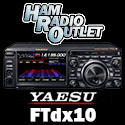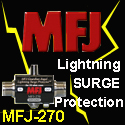ARRL FILES REGULATION-BY-BANDWIDTH PETITION
Discussion in 'Amateur Radio News' started by AA7BQ, Nov 19, 2005.
- Thread Status:
- Not open for further replies.
Page 37 of 38
Page 37 of 38
- Thread Status:
- Not open for further replies.










